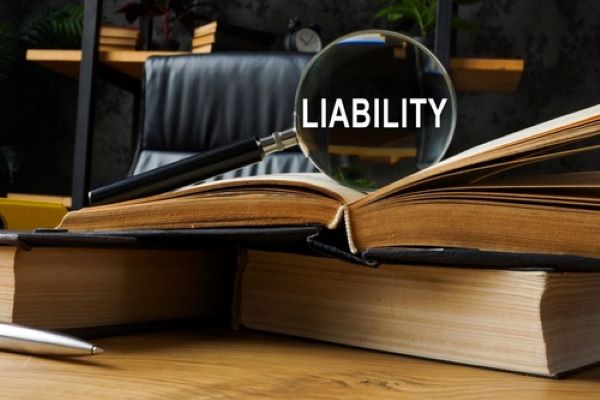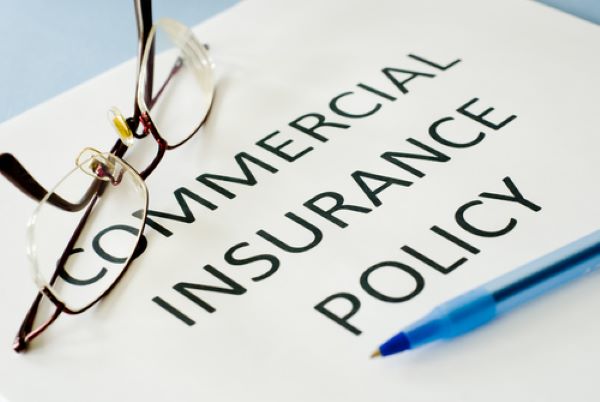 |
| By | August 15, 2024 |
For businesses that rely on workers’ compensation insurance, the Experience Modification Rate (EMOD) holds significant weight. It directly impacts your premium, acting like a report card for your workplace safety record and claims history. A lower EMOD means significant cost savings, while a higher one means you’ll have to pay more for insurance. What Is EMOD? EMOD is a numerical representation of your company’s historical workers’ compensation claims experience compared to similar businesses in your industry. It reflects your safety record relative to industry peers. Here’s a breakdown of what the EMOD value signifies: EMOD Calculation The calculation of EMOD involves a few key factors: Understanding the Adjustments in EMOD Calculation The EMOD calculation isn’t a simple division. There are adjustments that can impact the final number, such as: Collaborating with Insurance Carriers Working closely with insurance carriers can provide valuable insights and strategies to manage and influence your EMOD. Here are some effective ways to collaborate: Regular Communication Maintaining regular contact with your insurance carrier helps you stay informed about your EMOD status and any changes in your claim history. Regular meetings or check-ins can provide opportunities to discuss ways to improve safety practices and reduce claims. Data Analysis…

For businesses that rely on workers’ compensation insurance, the Experience Modification Rate (EMOD) holds significant weight. It directly impacts your premium, acting like a report card for your workplace safety record and claims history. A lower EMOD means significant cost savings, while a higher one means you’ll have to pay more for insurance.
What Is EMOD?
EMOD is a numerical representation of your company’s historical workers’ compensation claims experience compared to similar businesses in your industry. It reflects your safety record relative to industry peers. Here’s a breakdown of what the EMOD value signifies:
- EMOD below 1.0: Congratulations! This indicates a better-than-average safety record, leading to lower premiums.
- EMOD of 1.0: This represents an average claims experience compared to your industry. You’ll likely pay the base premium rate.
- EMOD above 1.0: This signals a higher-than-average claim history, potentially resulting in increased insurance costs.
EMOD Calculation
The calculation of EMOD involves a few key factors:
- Loss History: This refers to the total cost of your workers’ compensation claims, typically spanning a three-year period (excluding the most recent year). This includes medical expenses, indemnity payments for lost wages, and other claim-related costs.
- Expected Losses: Insurance carriers estimate the expected losses for companies of similar size and industry using historical data and industry trends.
- Modification Factor: By dividing your actual losses by the expected losses and applying adjustments, the EMOD is determined.
Understanding the Adjustments in EMOD Calculation
The EMOD calculation isn’t a simple division. There are adjustments that can impact the final number, such as:
- Loss Size Adjustment: This adjustment considers the severity of individual claims. Larger claims have a greater impact on your EMOD compared to smaller ones.
- Expense Constant Adjustment: This one accounts for the administrative costs associated with processing claims.
- Experience Period Adjustment: Finally, this factors in the number of years your claim history is used in the calculation (typically three years).
Collaborating with Insurance Carriers
Working closely with insurance carriers can provide valuable insights and strategies to manage and influence your EMOD. Here are some effective ways to collaborate:
Regular Communication
Maintaining regular contact with your insurance carrier helps you stay informed about your EMOD status and any changes in your claim history. Regular meetings or check-ins can provide opportunities to discuss ways to improve safety practices and reduce claims.
Data Analysis
Insurance carriers have access to extensive data regarding claims and EMOD calculations. By collaborating with them, you can analyze this data to identify trends and areas for improvement. Understanding the common causes of claims can help you implement targeted safety measures.
Safety Programs
Implementing strong safety programs can significantly impact your EMOD. Insurance carriers often offer resources and support to develop and improve these programs. By working together, you can create a safer work environment, reducing the likelihood of accidents and claims.
Claims Management
Efficient claims management is important for controlling your EMOD. Insurance carriers can assist with developing best practices for reporting, investigating, and closing claims. Timely and accurate claims handling can prevent unnecessary increases in your EMOD.
Implementing EMOD Improvement Strategies
Understanding the importance of collaboration is just the first step. Implementing strategies to influence your EMOD requires commitment and action. Here are some steps to get started:
Conduct a Risk Assessment
Identify potential hazards in your workplace and assess the risks associated with them. This assessment helps you prioritize areas for improvement and develop effective safety measures. Your insurance carrier can provide guidance and resources for this process.
Train Employees
Regular training on safety protocols and best practices is beneficial. Make sure that all employees are aware of the risks in their work environment and know how to mitigate them. Training should be ongoing and updated as needed to address new hazards.
Early Intervention and Claims Management
Prompt reporting of injuries, swift medical intervention, and effective claims management can minimize claim costs and expedite the return of injured workers to their jobs. Early intervention helps injured employees receive proper care, potentially reducing long-term medical costs and lost workdays. Effective claims management helps ensure claims are processed efficiently and accurately.
Monitor and Review
Continuously monitor the effectiveness of your safety programs and make adjustments as necessary. Regularly review your EMOD and claims data to track progress and identify areas for further improvement. Collaborate with your insurance carrier to refine your strategies based on this analysis.
Encourage a Safety Culture
Creating a culture of safety within your organization involves everyone, from top management to frontline employees. Encourage open communication about safety concerns and involve employees in developing and implementing safety measures. Recognize and reward safe behavior to reinforce its importance.
The Impact of Claim Severity
Beyond the frequency of claims, the severity of claims also impacts your EMOD. Claims that result in long-term disabilities or fatalities can increase your loss history. Focusing on preventing these high-severity claims is important for a favorable EMOD.
Here are some ways to address claim severity:
- Return-to-Work Programs: Implementing effective return-to-work programs can help injured employees return to their jobs safely and quickly. This reduces lost workdays and minimizes the financial impact of claims.
- Modified Duty Programs: Modified duty programs allow injured employees to return to work in some capacity while they recover. This helps maintain productivity and reduces lost wages, contributing to lower claim costs.
Benefits of Effective Collaboration
Open communication with your insurance carrier helps you understand your EMOD and explore ways to improve it. Here’s how collaboration can benefit you:
- Data Transparency: Request a detailed breakdown of the factors influencing your EMOD. This allows you to identify areas for improvement and address any potential inaccuracies.
- Risk Control Expertise: Many insurance carriers offer risk control services. Leverage their expertise to identify workplace safety hazards and implement preventive measures.
- Claims Management Support: Collaborate with your carrier for timely and accurate claim reporting. This can help avoid unnecessary claim costs that could inflate your EMOD.
Confused about EMOD and its impact on your business? We can help! At Cell Brokerage, our team of experts works closely with you to understand your claim history and develop strategies to improve your EMOD. Contact us today for a consultation and unlock potential savings on your workers’ compensation insurance.










